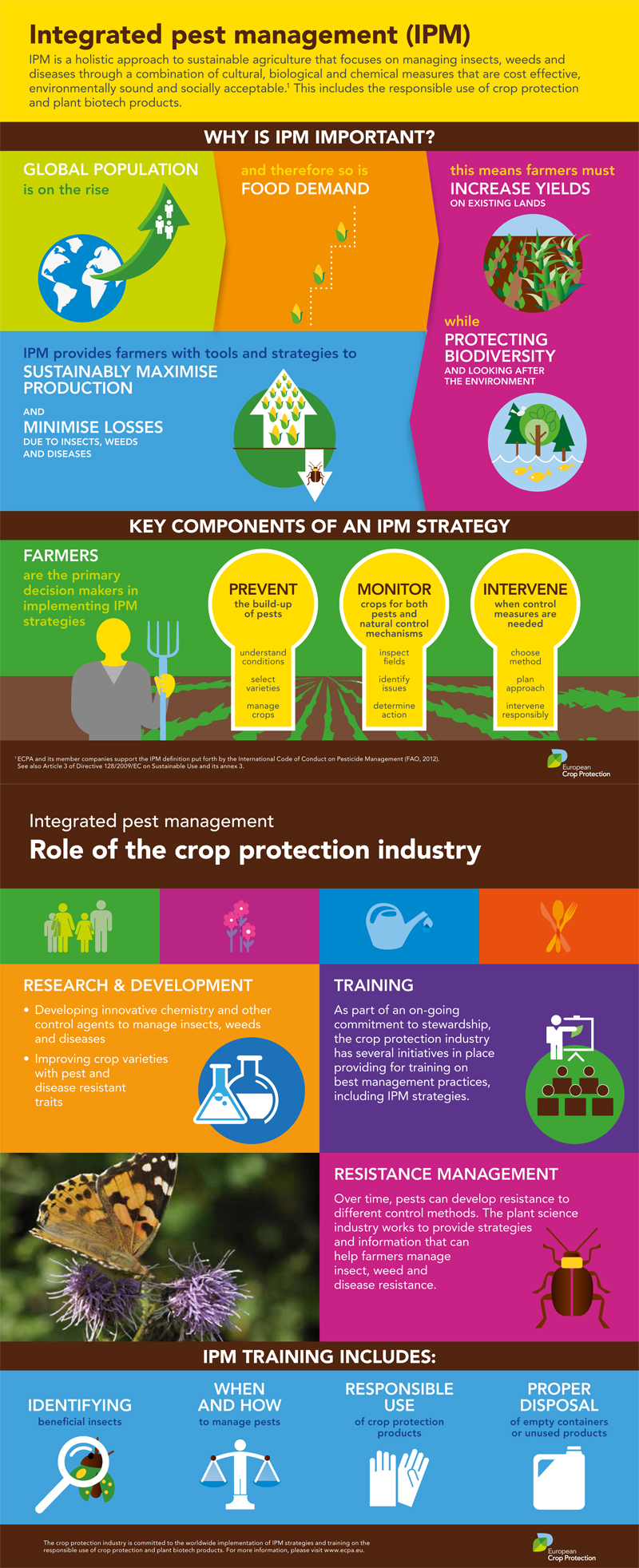Managing Rat Infestations: Insights Into Rodent Psychology
Managing Rat Infestations: Insights Into Rodent Psychology
Blog Article
Content Author-David Avery
When it concerns rodent control, recognizing usual rodent habits is key to properly managing invasions. Did you understand that rodents have some fascinating nesting practices that might shock you? By exploring their elaborate behaviors, you can acquire useful understandings right into just how to deal with rodent problems in a much more strategic and effective manner. So, allow's unravel the enigmas behind these creatures' activities and learn how to outmaneuver them in your rodent control efforts.
Rodent Nesting Behaviors
When observing rodents in their natural environment, you'll discover that they proactively look for products to construct their nests. Rodents, such as computer mice and rats, are clever animals that use a range of products like branches, leaves, paper, and textile to construct their homes. They're meticulous in their nest-building process, commonly lining their nests with softer materials like hair or plumes to create a comfortable atmosphere.
Rats like to develop their nests in surprise and safe locations to secure themselves and their young from predators. Usual nesting spots include wall surface tooth cavities, attics, cellars, and even within insulation materials. By building their nests in these secluded locations, rats can securely increase their children away from possible dangers.
It is essential to comprehend the nesting routines of rodents when implementing control procedures. By disrupting their nests or removing products, you can prevent rodents from developing an existence in your house or building. Appropriate cleanliness and sealing off access factors are additionally crucial action in protecting against rodent problems.
Rodent Feeding Patterns
After observing rodents' nesting routines, it becomes noticeable that their feeding patterns play a crucial duty in their every day lives and behaviors. Rodents, including computer mice and rats, are opportunistic feeders, meaning they'll eat whatever food source is readily offered. They're mainly nocturnal creatures, favoring to forage for food during the cover of night to avoid predators.
Rats have a diverse diet plan, ranging from grains, seeds, fruits, and veggies to insects, nuts, and also tiny pets. This adaptability in their food selections permits them to prosper in numerous environments, including urban areas where human food resources are bountiful.
Their feeding patterns aren't only driven by hunger but also by the demand to stockpile food for times of shortage. This habits is specifically recognizable in preparation for winter months or when nesting. Rats are understood to hoard food in their nests or burrows, ensuring a continuous food supply. Understanding their feeding patterns is vital in applying efficient rodent control actions to disrupt their food resources and stop problems.
Rodent Activity and Travel
Rodents navigate their environments with agility and stealth, using their keen detects to move promptly with their settings. https://www.mypmp.net/2022/11/10/rentokil-terminix-acquires-dixon-pest-services/ are proficient mountain climbers, able to range wall surfaces and vertical surface areas effortlessly. They can likewise press through surprisingly tiny openings, making it vital to seal off any type of prospective access points in your house.
When it comes to taking a trip, rodents have a tendency to follow familiar paths, creating trails along walls or skirting the edges of spaces. They're creatures of habit, typically adhering to these developed courses as they forage for food or discover their surroundings.
Rats are known for their nocturnal practices, so you might hear them scampering around at night as they search for food and water. Their motions are quick and erratic, allowing them to dart in and out of view in the blink of an eye.
Comprehending exactly how rodents move and take a trip can aid you identify potential problem areas in your house and take positive steps to stop these insects from getting a foothold.
Final thought
As you work to control rats in your home, keep in mind that comprehending their actions is essential. By recognizing their nesting habits, feeding patterns, and activity, you can effectively prevent invasions.
Coincidentally, by taking proactive measures to eliminate food resources and seal entrance factors, you can disrupt their acquainted courses and force them to look for new places, inevitably decreasing the chance of rodent existence in your space.
